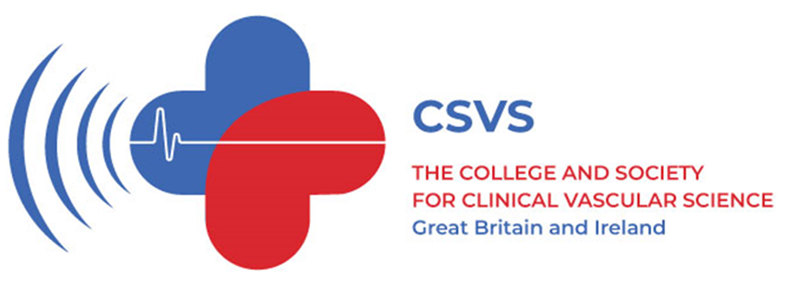Articles
Infection of small abdominal aortic aneurysm following a diagnosis of large vessel vasculitis and initiation of immunosuppression: presentation, diagnosis and management
Abstract Large vessel vasculitis is characterised by inflammation of the aorta and its major branches. This article presents the case of a patient with a 3.9 cm infrarenal abdominal aortic aneurysm at the time of diagnosis with large vessel vasculitis. Three weeks following diagnosis and initiation of immunosuppression, the patient required an emergency open repair…
Read MoreEditor’s foreword
Welcome to May 2025 edition of the JVSGBI. This issue contains 3 articles addressing the important issue of the well being of early year vascular consultants. This time in young surgeons careers is well recognised as being challenging and stressful, leading not infrequently to adverse outcomes. A survey by Sritharan et al, identifies common contributing…
Read MoreAssessing for Depression in Patients Undergoing Major Lower Limb Amputations (MLLA)
Dear Sirs The incidence of depression and/or anxiety following a major lower limb amputation (MLLA) ranges from 20% to 50%,1 with factors such as physical health, emotional resilience, pre-existing illness and the indication/timing being risk factors. The rate of MLLA continues to rise, with 3,688 cases being recorded through the National Vascular Registry in 2024.2…
Read MoreRouleaux Club Winning Essay 2024
DOCTOR CATEGORY Will there ever be a place for robotic vascular surgery in the United Kingdom? Alex Leslie Starkey, North West (Lancashire) Introduction Robotic surgery is now widespread among urological, general surgical and gynaecological centres, but remains poorly-established in UK vascular surgery.1,2 Despite the recognized benefits of enhanced operative precision and growing evidence of favourable…
Read More










